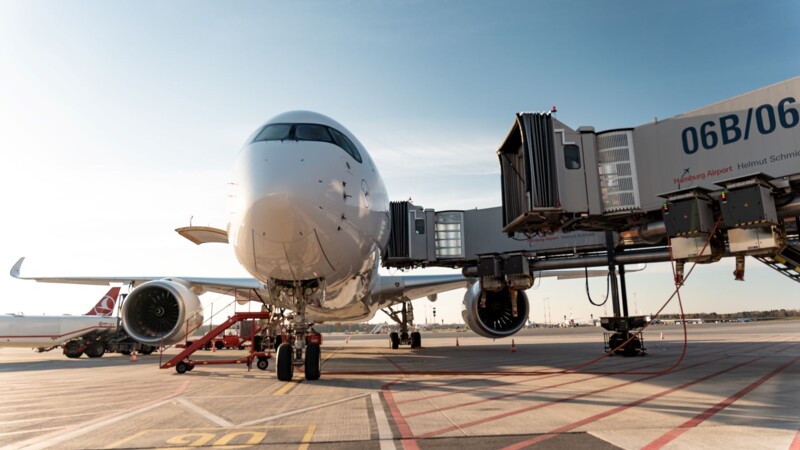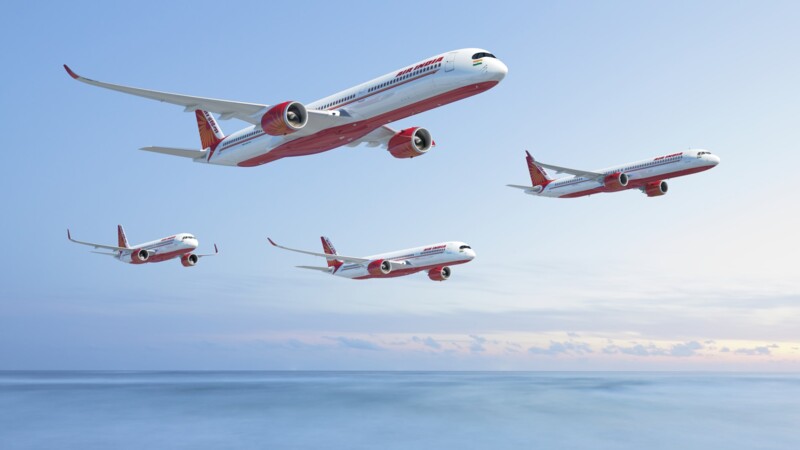“The Airbus’ Hamburg site plays a significant role in the development and production of the A321XLR. Our new, state-of-the-art equipment installation hangar allows us to expand our capacity to manufacture A321 fuselages and make an important contribution to supporting our ramp up. At the same time, we are reaffirming the importance of Hamburg for Airbus,” said André Walter, Head of Airbus Commercial Aircraft Production in Germany. Tschentscher remarked: “Hamburg is the central location for Airbus’ single-aisle development and production. A321XLR, the new flagship of the A320 family will be assembled at the Finkenwerder site, setting new standards in terms of sustainability, efficiency and range. The start of production in the new equipment installation hangar is important for Hamburg as the world’s third largest civil aviation center.” Walter added: “The design of the building reflects the latest standards in production and sustainability.” A 3,000 m2 photovoltaic system on the roof supplies the hangar with electricity, and surpluses are used to power the site. Until now, 27 customers worldwide have placed 570 orders for the A321XLR which will go into service in the second quarter of 2024.
Airbus opened Wednesday (August 30, 2023) a new automated A321XLR equipping hangar to ramp-up the manufacture of A321 fuselages and to bring the planned rate ramp-up to 75 in 2026. The opening ceremony was attended by Dr Peter Tschentscher, Mayor of Hamburg, and Anna Christmann, Coordinator of German Aerospace Policy.
Hangar crucial to aviation industry in Hamburg
Airbus A321XLR - another step towards carbon neutrality
All the components of the rear fuselages of the A321XLR aircraft will be installed and mounted in the new 9,600 m2 hangar designated H259. The hangar is equipped with state-of-the-art technologies for operations and manufacturing, such as automated logistics, fully digital systems, and test stations that can output the status of each fuselage section. The almost 24-metre-long fuselage sections are equipped with all electrical and mechanical systems, as well as other elements such as windows, floor panels or external antennas, on an automated ‘pulse line’ consisting of eight stations. Each fuselage section is tested extensively when the systems have been installed. The fuselage sections are then transferred to the final assembly line in Hamburg. “This investment in the A321XLR equipment installation hangar at the Airbus Hamburg site is an important milestone towards transitioning aviation to climate neutrality. This transformation is the key to making Germany a future-oriented and competitive aerospace location,” said Christmann.
nj/mm/pb
Sources and further information
More
Similar articles

Future Hamburg Talk meets Nicole Dreyer-Langlet, Airbus Operations


